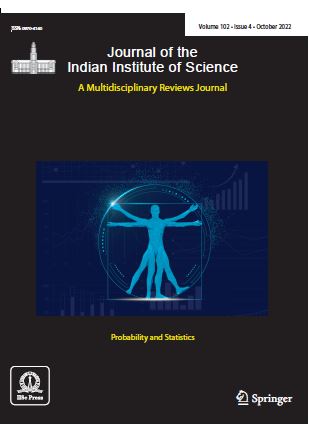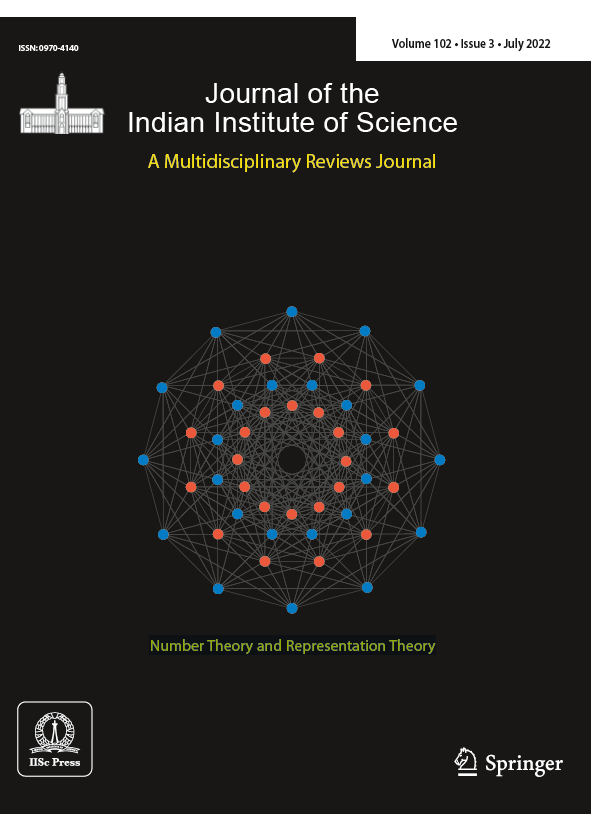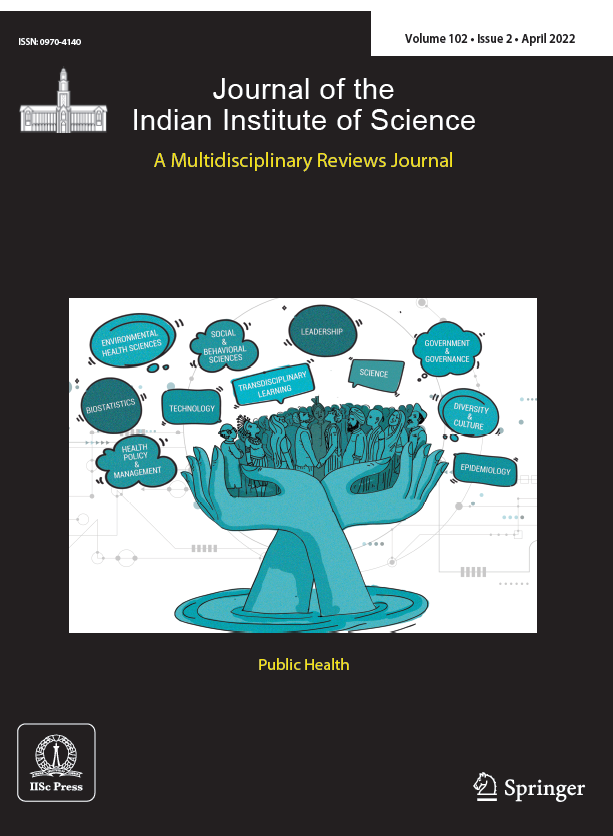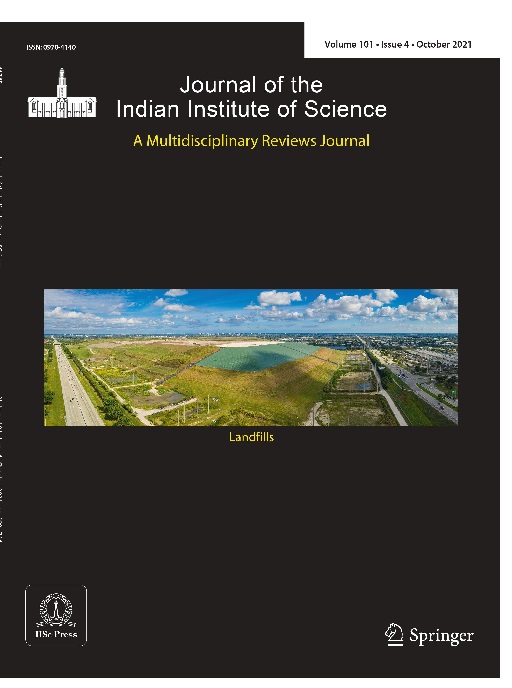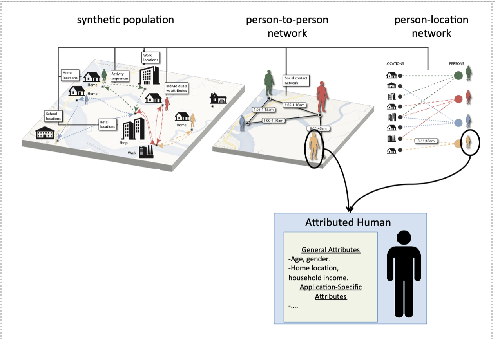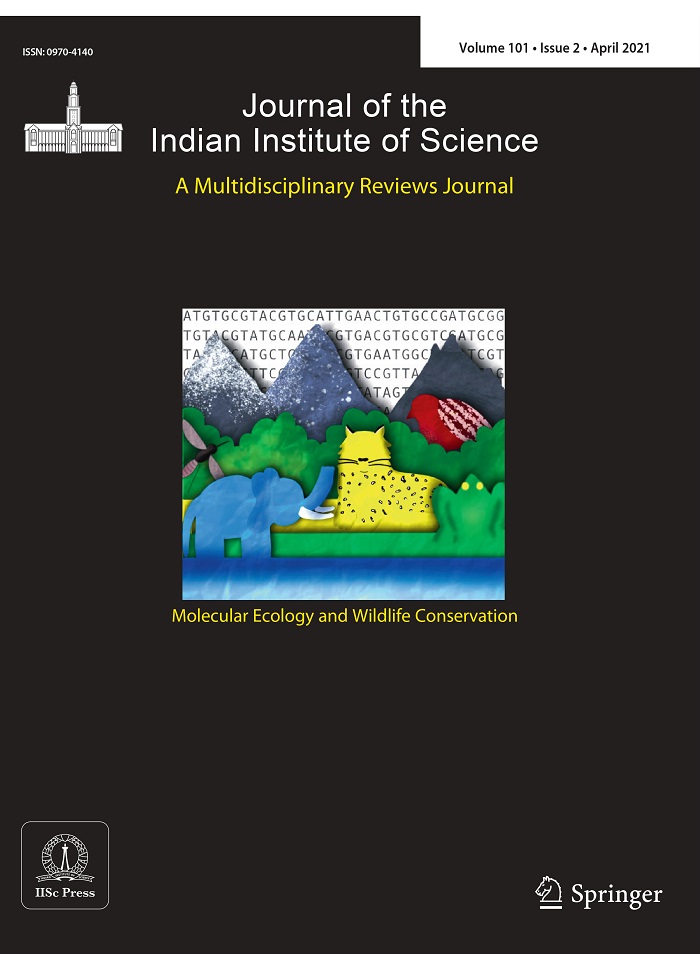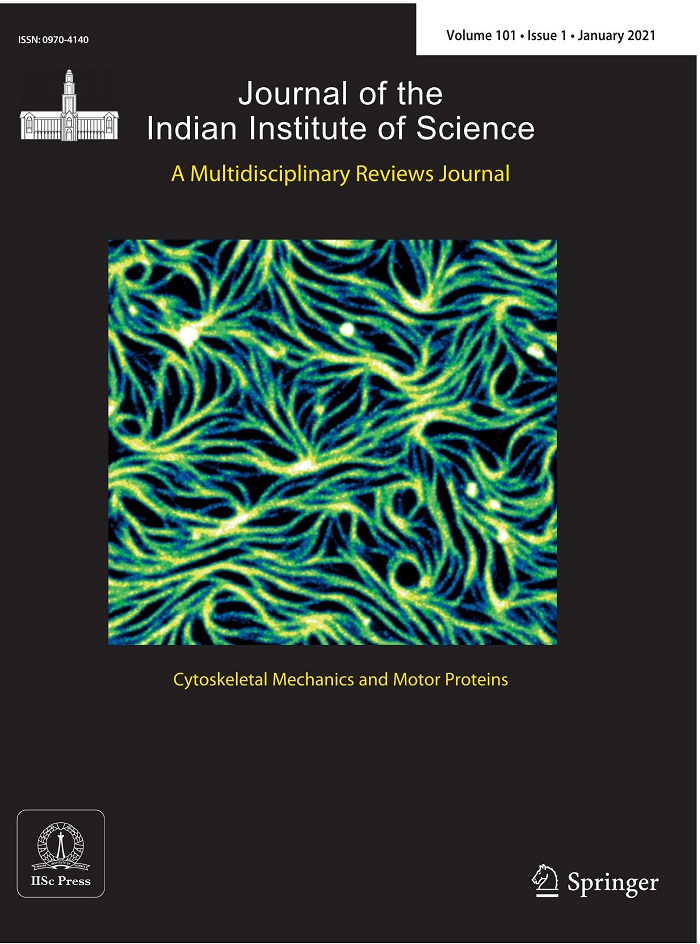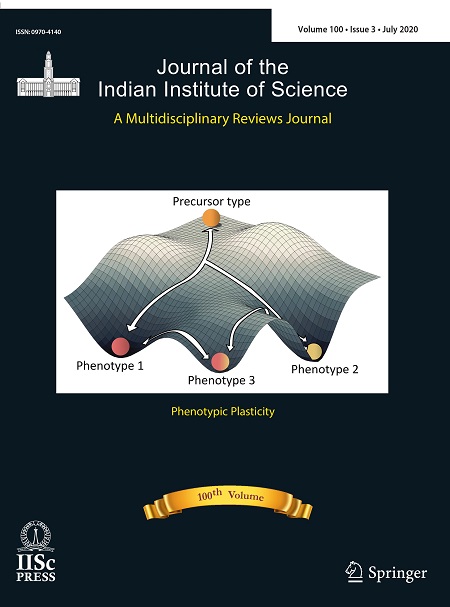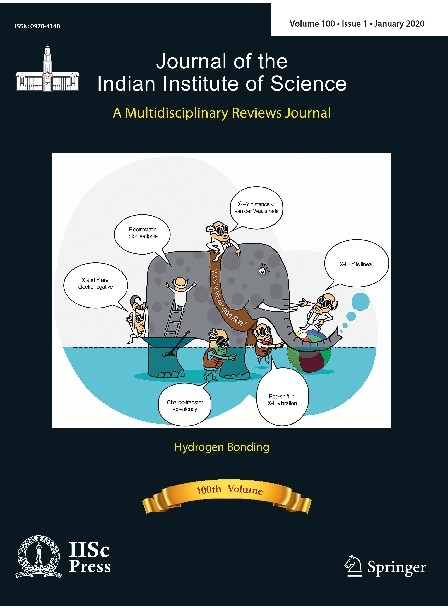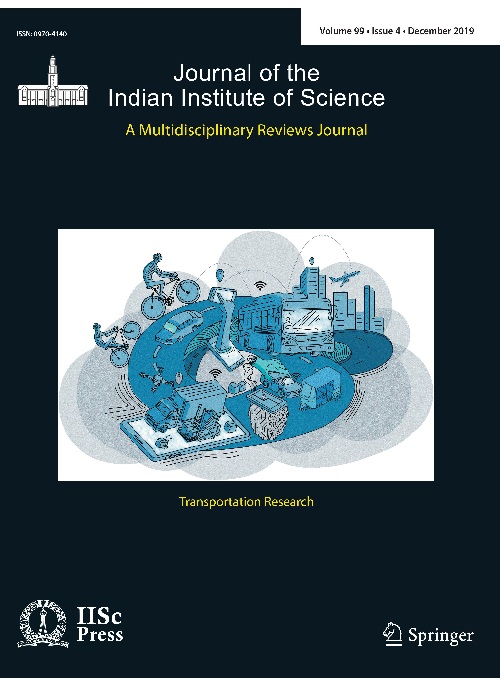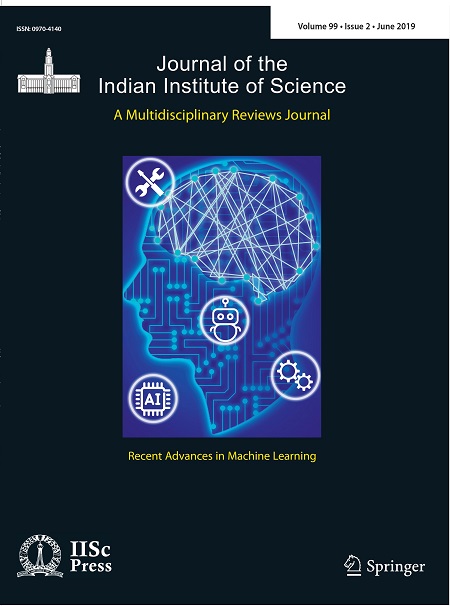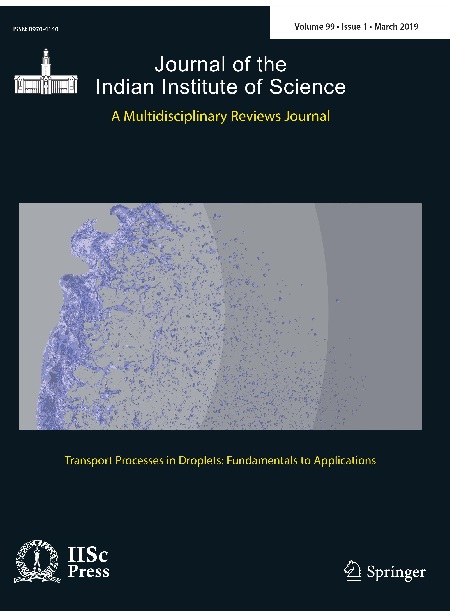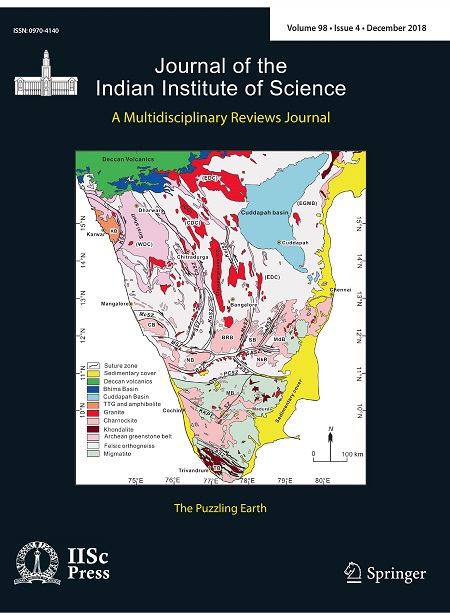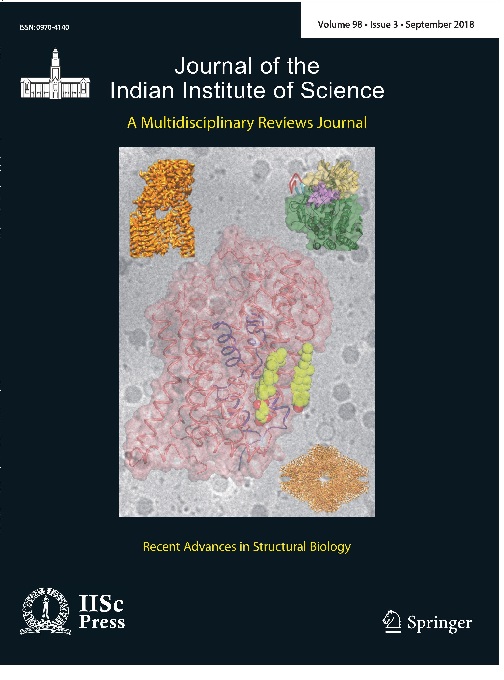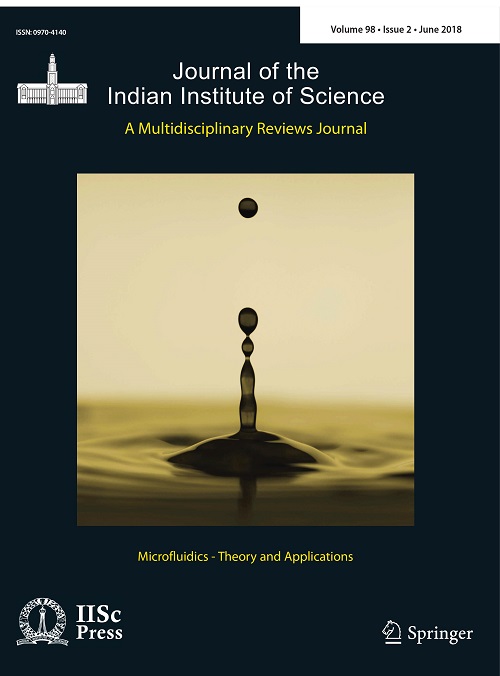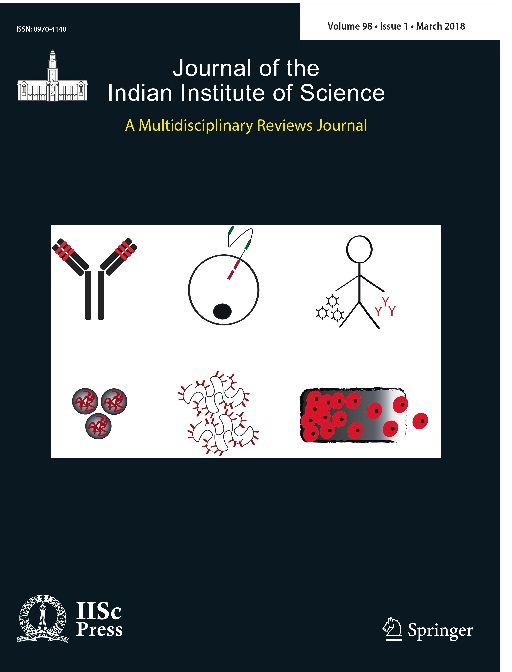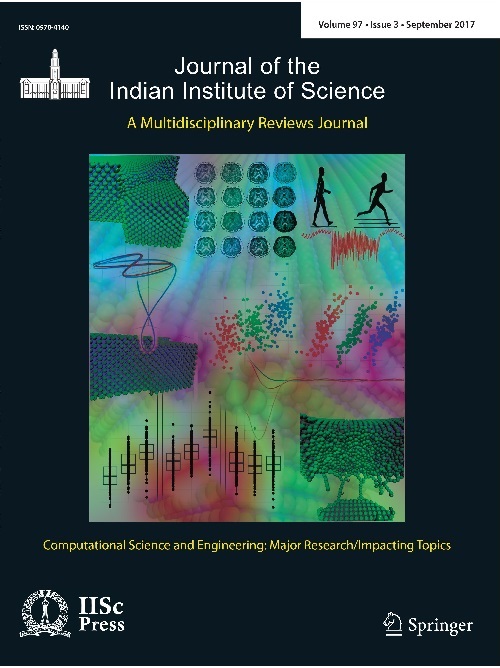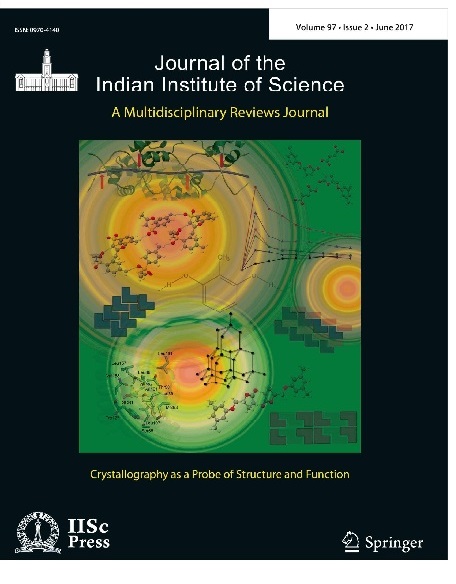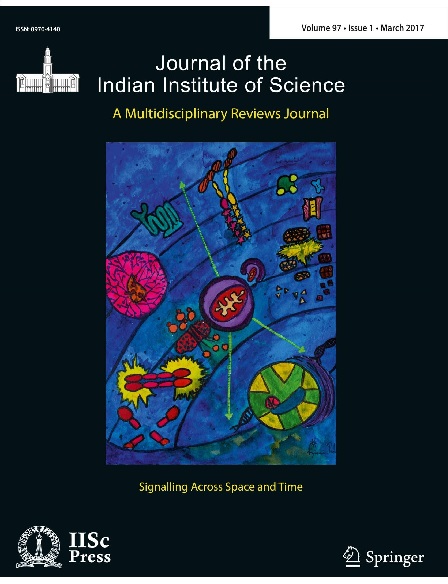2022
2021
Vol 101, No 1 (2021): Cytoskeletal Mechanics and Motor Proteins
Cytoskeletal Mechanics and Motor Proteins
2020
2019
Vol 99, No 4 (2019): Transportation Research
Coverpage Description: Emerging Landscape of Urban Mobility.
Vol 99, No 3 (2019): Contemporary Biomaterials in Human Healthcare
Coverpage Description: Biomaterials-based biomedical engineering innovations for healthcare.
Vol 99, No 2 (2019): Recent Advances in Machine Learning
Coverpage Description: Machine learning is driven by understanding of human brain
Vol 99, No 1 (2019): Transport Processes in Droplets: Fundamentals to Applications
Coverpage Description: Primary and Secondary breakup of droplets in a high speed flow.
2018
Vol 98, No 4 (2018): The Puzzling Earth
Coverpage Description: Generalized geological and tectonic framework of southern Peninsular India. Figure compiled by Shan-Shan Li and M. Santosh.
Vol 98, No 3 (2018): Recent Advances in Structural Biology
Coverpage Description: The cover image is a collage of a few structures, maps and images of macromolecules discussed in this issue.
Vol 98, No 2 (2018): Microfluidics - Theory and Applications
Coverpage Description: The Yoga of Fluid Mechanics - Droplets splash, cascade and merge with a thin liquid film demonstrating the multiscale beauty of fluid mechanics.
Vol 98, No 1 (2018): Immunoengineering: from biologics to biomaterials
Coverpage Description: The cover image is a simplistic representation of the various immunoengineering technologies discussed in this issue.
2017
Vol 97, No 3 (2017): Computational Science and Engineering: Major Research/Impacting Topics
“Computational Science and Engineering: Major Research/Impacting Topics”
2016
Vol 96, No 4 (2016): Materials Electrochemistry, Electrochemical Processes and Systems
Description of the cover page:
An approach to solar driven hydrogen generation will be to couple an electrolyzer to a photovoltaic device for which it is imperative to design highly active, stable and inexpensive oxygen evolution reaction electrocatalysts with porous three-dimensional electrode architecture. Metallic interlayers within such composite electrode assemblies not only provide effective electron percolation pathways but also modulate the electronic structure of the active electrocatalysts.
